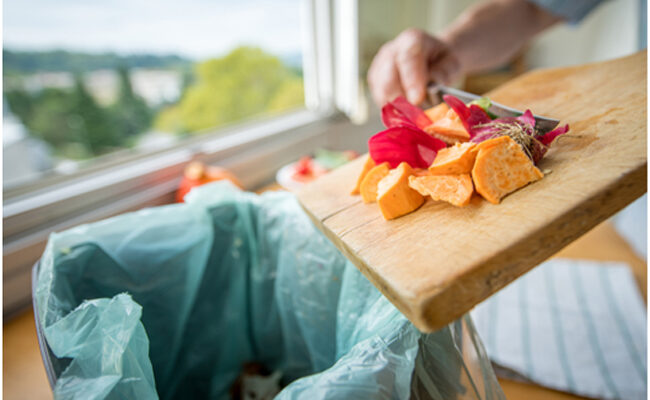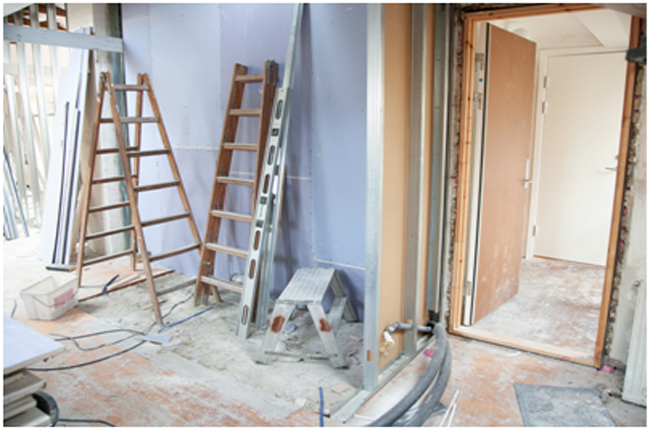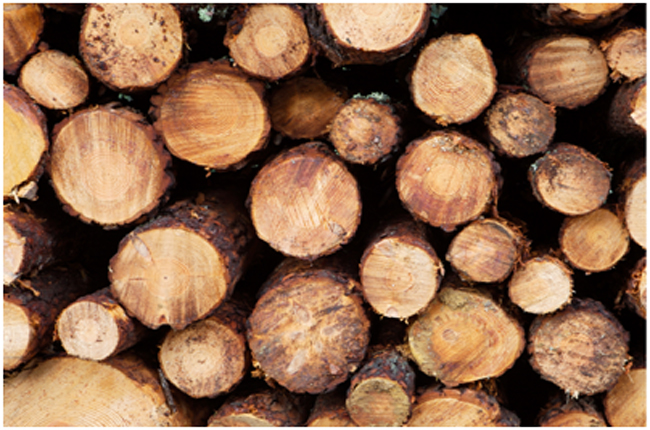
If you think about it, your kitchen has the potential to generate more waste than any other room of your home.
It’s where a majority of your appliances run, and it is a haven for food and water wastage.
It makes sense that if you are on a mission to make your house more eco-friendly, that you begin with increasing the sustainability of your kitchen.
There are ways to “go big” such as overhauling all of your appliances to more sustainable versions. However, this can be unnecessarily costly, and there are much simpler improvements you can implement within a weekend.
Some simple considerations you can make, to make a positive move;
- Adding labels to your cooked leftovers in the fridge with the date can help minimise food expiring before you remember to eat it.
- Composting is a great use of food scraps. You should be able to get your hands on a tidy little indoor compost bin if you prefer that to the journey to the outdoor bin every time.
- Where possible, always shop for reusable and recyclable options. Make single-use plastics a thing of the past. For instance, beeswax wraps are a fantastic substitute for cling wrap.
- Plan out your family’s meals for the week and only shop for what you need. Try to avoid buying perishable items in bulk just because they are cheaper unless you have a specific use in mind for it.
- Don’t let forgotten food rot away at the back of your fridge. Arrange the oldest items at the front, to be sure they get used.
- Seal all food in air-tight storage containers, to ensure maximum freshness for a longer period.
- Check for mould-compromised food early, before it has a chance to spread.
- Switch disposable cleaning items like paper towels or disposable wipes for fabric cloths. In addition, be sure to purchase environmentally friendly cleaning solutions as opposed to harsh chemicals.
- Water conservation is a key player in running a sustainable kitchen. When washing dishes by hand, always fill the sink rather than letting the water continuously flow. Also, be sure to have any leaking taps looked at immediately.
- To avoid unnecessary packaging, where possible, always take your own boxes, containers and jars to purchase foods.
- Only operate your dishwasher when it is full, and utilise its Eco mode if it has one. Skip the rinse and heat cycles too, as they use unnecessary resources. Anything that doesn’t completely dry can be simply wiped with a dry cloth.
- Switching out all the lighting for LED bulbs are a great way to save money and energy. They also last longer.
Individually, these adjustments are minor. However, if you implement all of these habits in your home, you will be running a sustainable kitchen in no time.
These improvements also have benefits to your family’s wellbeing. Planning out meals means an opportunity to eat healthier, and eliminating food going bad decreases the presence of mould within the home.

Thinking about renovating your kitchen? Here are some things to look into
In addition to having a modern, aesthetically pleasing kitchen that you know is great for the environment, green kitchens are also healthier for your family.
Kitchens made from sustainable materials are free from VOCs (volatile organic compounds) which are found in many non-green manufacturing processes (such as in the case of MDF or chipboard).
Over the lifespan of these materials, the chemicals will slowly be released into your home and have been proven to be harmful.
The first thing you need to do in terms of renovating your kitchen, especially when doing so for sustainability purposes, is to disassemble your existing kitchen and find a way to recycle or repurpose as many materials as you possibly can.
Some sustainable features you may choose to adopt in your new and improved kitchen are;
- Benchtops made from natural or sustainably sourced stone, including kitchen benchtop resurfacing using engineered stone surfaces.
- Splashbacks made from recycled glass tiles.
- Flooring options made from sustainable materials such as bamboo.
- Reclaimed wooden kitchen cabinets.
- Polished concrete tiles.
- Large, non-porous tiles with fewer grout joints for less mould growth.
- Surfaces crafted from recycled paper and resin, known as paper composite benchtops.
- Solid timber joinery or benchtops made from wooden strips that have been laminated together

How do I go about choosing the most environmentally friendly materials for your new kitchen?
There are five main questions to ask about the materials.
- How far does this product need to travel to end up with you?
- What is the material made of?
- How renewable is it?
- Is this material fit for purpose when all factors are considered – quality, robustness, the lifespan of the product, and durability?
- Can the material be recycled or repurposed in the future?
Moving towards a more sustainable home can be done in so many ways, but chances are, it is the right choice for your family and your environment.
Leave a Reply